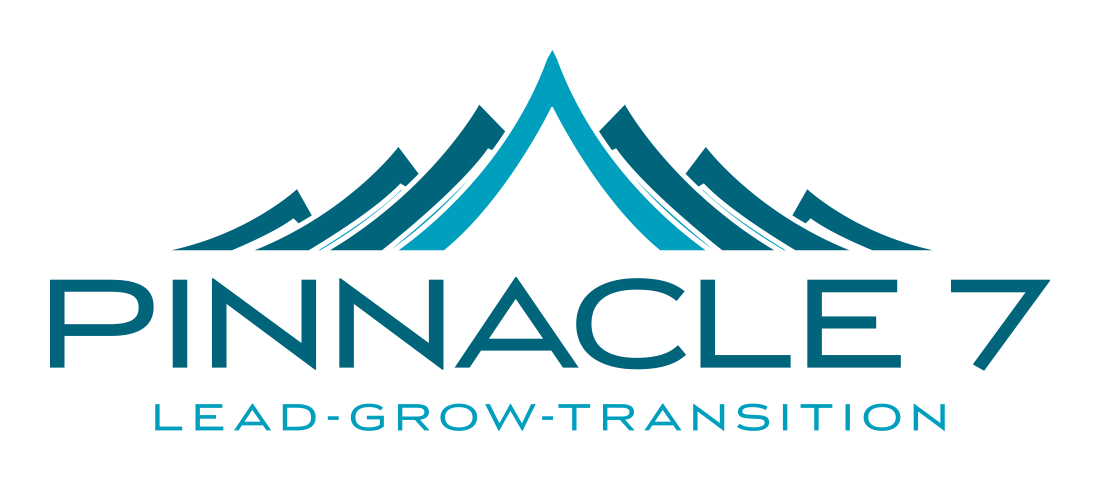
19 Dec Demystifying and Defining Business Planning
Most seasoned business owners understand that planning is one of the most important aspects in creating a successful business. It is important to know which types of business planning you should use and when you should be creating them. But with so many different types of planning options to choose from, it can be confusing! So, what do you really need to do?
The types of planning you would use depends on the type and size of your business. There are 3 main types of planning — Strategic (includes Operational, Growth, and Succession planning), Tactical (includes Quarterly planning), and Contingency. Let’s demystify all the different types of plannings, so you can assess which is right for you.
STRATEGIC PLANNING
As one of the most vital and well-known types of planning tools, a strategic plan is long-term based and details how you want to grow your business. A strategic plan is typically a written document that is used to communicate your organizational goals, the actions needed to achieve those goals, and all of the other critical elements developed during the planning exercise. It enables your team to focus on a small set of desirable, clearly-articulated outcomes in order to produce desired results. This plan typically consists of vision, mission, and values and is the guiding star directing your business.
Strategic planning is typically done on a 3-5 year basis and it usually includes the following types of planning models:
— OPERATIONAL
These plans are prepared internally and are directly related to company operations. The overall planning process guides the operational plans. Typically, these plans specify deadlines, action steps, and employee responsibilities.These plans guide your organization in getting to the next level.
— GROWTH
Growth plans, also known as expansion plans, can be written for internal or external purposes and capture in-depth proposed growth. These may include company descriptions and other detailed information about the organization if an investor is required in the growth plan.
— SUCCESSION (PEOPLE)
Succession Planning (possible better titled, ‘Succession Development’) is part of your strategic plan, but is done separately. This type of planning can have great value for business of all sizes. Many organizations benefit from creating organizational practices that prepare and develop future leaders to replace outgoing ones. People planning is about keeping your best talent in the pipeline by ensuring your employees are capable and experienced to take on future roles.
TACTICAL (ANNUAL) PLANNING
Tactical planning is taking your strategic plan and putting it into action. This includes focused, short-term plans that support the high-level strategic plans. It includes tactics that take what’s outlined in the 3-5 year strategic plan, and then breaks it into actionable chunks. Typically, we focus on specific goals and actions plans that are specific to various sections of business.
Creating an annual plan each December is going to drive your growth. The annual plan typically includes general yearly goals, a marketing plan, organizational outlines, and financial objectives, such as revenue and gross profit goals.
One of the most effective ways to tackle annual planning is to also complete quarterly plans:
— QUARTERLY
Completed each quarter, the purpose of your quarterly plan is to drive your annual plan and your long-term strategy forward. This is where you outline what you will execute in shorter periods to achieve the larger targets laid out in the annual plan. (Look out for our next blog in this series which will provide planning tools to help guide you in your annual and quarterly planning.)
CONTINGENCY PLANNING
When the unexpected arises, contingency plans are necessary. These are also known as emergency or hazard plans, and they can be helpful during any period of large change, especially those changes that are excepted. Essentially, if the worst case scenario arrives on your doorstep, contingency plans are there to help you restore your business as quickly as possible after the disruption. Technological emergencies, such as data breeches, system downs, and cyberattacks, can cause major disruptions and, in some cases, all data can be lost or stolen. Emergency planning is highly advised so you can be proactive about these realties in our changing world.
Generally, these plans are reserved for larger businesses, but we recommend small business consider this as it relates to technology and data back-up planning.
In our next blog in this planning series, you will gain critical planning pieces for small businesses. We will break out the different processes and which ones are necessary for your small business. In the meantime, please reach out to us for a complimentary coaching session if you need professional assistance assessing which type of planning is necessary for you and your business. Happy planning!
Michelle Landis, Founder and Principal, Master Business Coach
As a business coach, I use a unique blend of coaching and consulting to help business owners achieve a higher level of performance for both themselves and their business. It’s a very direct approach that provides my clients with insights into what is coming next, laser-sharp focus and the opportunity to practice, make mistakes and learn in a safe and supportive environment.
Read Michelle’s Full Bio
Learn More About Business Coaching Services
Follow Pinnacle 7 On Facebook
Connect On LinkedIn



